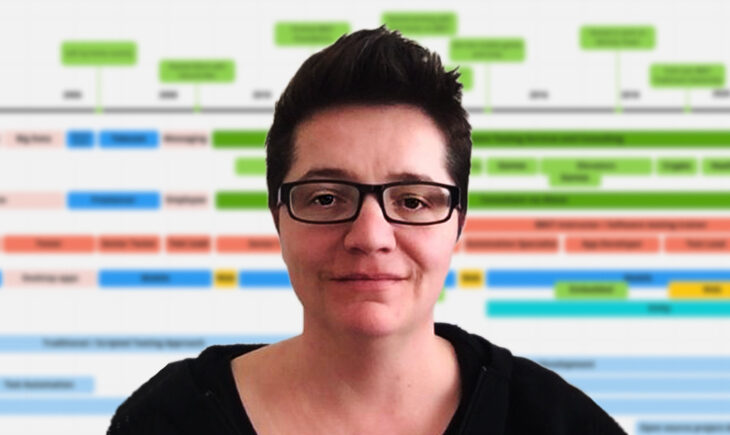Q: How about reporting issues? How did you go about logging bugs while pair testing?
A: Logging the bugs we found took longer than expected. This means, that we found something, determined that it was a bug, investigated its cause, then spent too much time logging the said bug (even if we agreed on the cause and the effect of the bug, as well as on the steps to reproduce it); I guess you could say we didn’t agree on what information to include in the report, what order was the most appropriate, and what was relevant as far as that particular bug was concerned…
I don’t have a concrete example for this, but I seem to recall logging a tricky bug that overlapped with another one and my testing partner suggested adding information from one bug in the other’s report, while it was clear – to me at least – that the piece of information they wanted to add was not relevant to the bug report at hand. I realize this is quite biased, seeing that this is only my side of the story I suppose….

